Benjamin Oakes’ Scribe Therapeutics is developing specialized Crispr proteins to tackle a wide range of diseases–and it’s garnered deals with Big Pharma potentially worth over $4 billion.
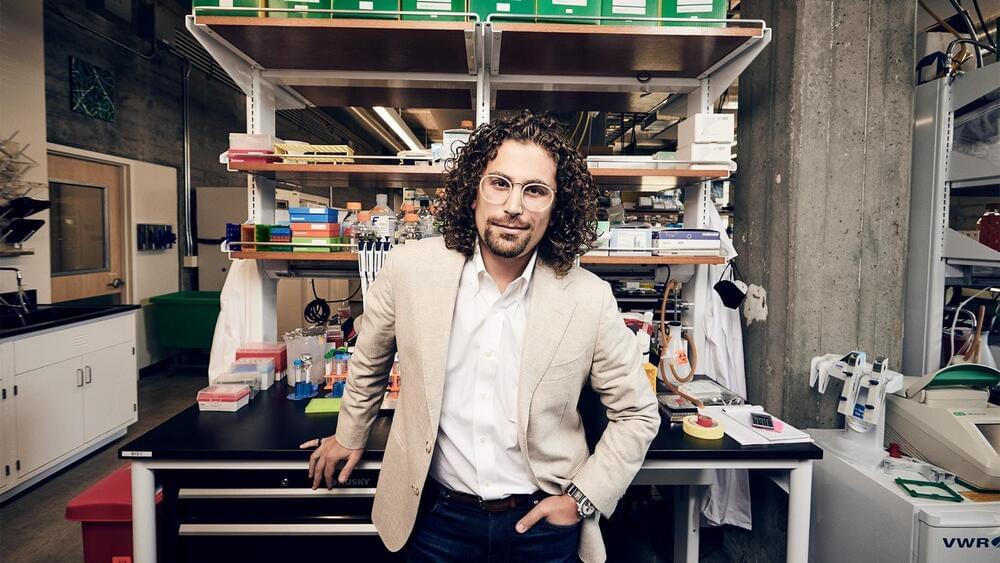

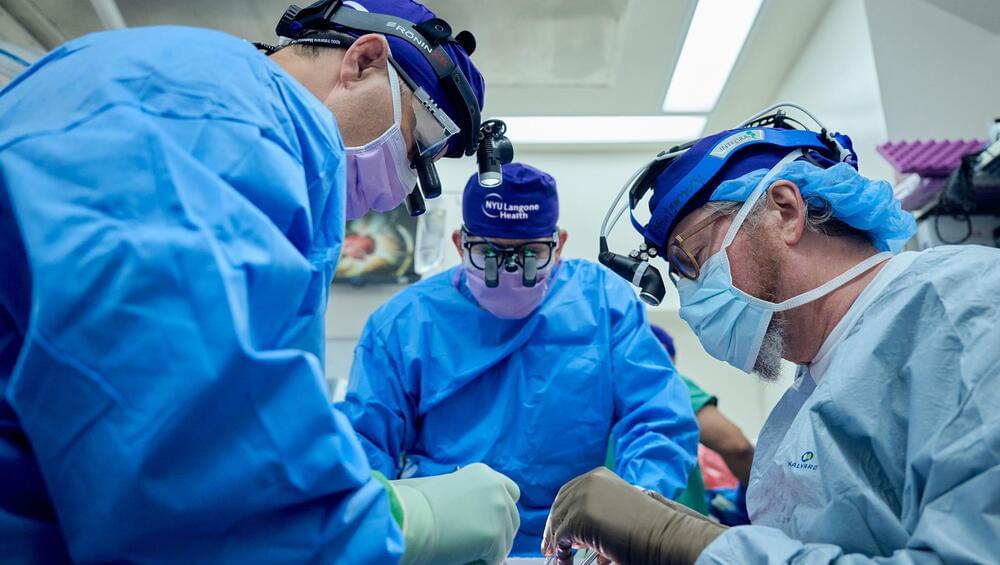

Autistic individuals will soon be able to practice and improve their social skills through realistic conversations with avatars powered by generative AI technology.
Autism is a developmental disorder that affects how people interact and communicate, often hindering diagnosed individuals in social situations. In many cases, autistic individuals struggle to initiate conversations, respond to the initiations and non-verbal cues of others, maintain eye contact, and take on another person’s perspective.
The web-based Skill Coach application developed by Israeli startup Arrows lets users engage in conversations in a variety of scenarios – from chatting with a stranger in a café to making small talk with a work colleague.
A subsidy-fueled boom helped build China into an electric-car giant, but with an economic slowdown and hundreds of ride-hailing companies going bust, the country is facing a excess of unwanted batter-powered vehicles. Linda Lew reports on Bloomberg Television.
——-
Follow Bloomberg for business news & analysis, up-to-the-minute market data, features, profiles and more: http://www.bloomberg.com.
Connect with us on… Twitter: https://twitter.com/business Facebook: https://www.facebook.com/bloombergbus… https://www.instagram.com/bloombergbu…
Twitter: https://twitter.com/business.
Facebook: https://www.facebook.com/bloombergbusiness.
Instagram: https://www.instagram.com/bloombergbusiness/
——-
Follow Bloomberg for business news & analysis, up-to-the-minute market data, features, profiles and more: http://www.bloomberg.com.
Connect with us on…
Twitter: https://twitter.com/business.
Facebook: https://www.facebook.com/bloombergbusiness.
Instagram: https://www.instagram.com/bloombergbusiness/
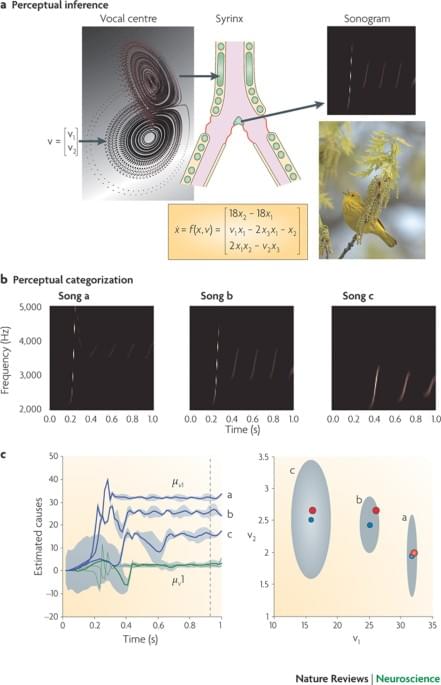
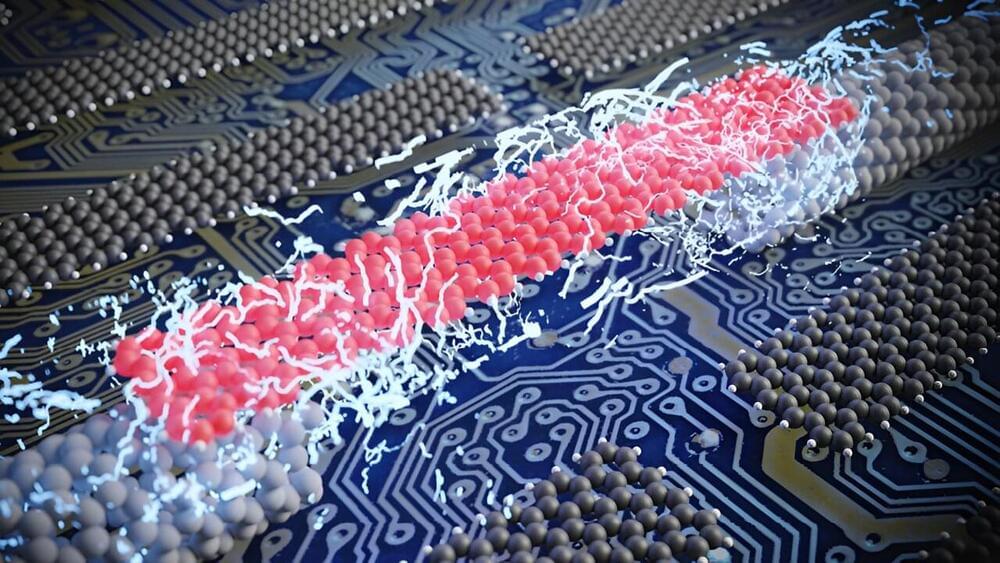
Graphene nanoribbons have outstanding properties that can be precisely controlled. Researchers from Empa and ETH Zurich, in collaboration with partners from Peking University, the University of Warwick and the Max Planck Institute for Polymer Research, have succeeded in attaching electrodes to individual atomically precise nanoribbons, paving the way for precise characterization of the fascinating ribbons and their possible use in quantum technology.
Quantum technology is promising, but also perplexing. In the coming decades, it is expected to provide us with various technological breakthroughs: smaller and more precise sensors, highly secure communication networks, and powerful computers that can help develop new drugs and materials, control financial markets, and predict the weather much faster than current computing technology ever could.
To achieve this, we need so-called quantum materials: substances that exhibit pronounced quantum physical effects. One such material is graphene. This two-dimensional structural form of carbon has unusual physical properties, such as extraordinarily high tensile strength, thermal and electrical conductivity—as well as certain quantum effects. Restricting the already two-dimensional material even further, for instance, by giving it a ribbon-like shape, gives rise to a range of controllable quantum effects.

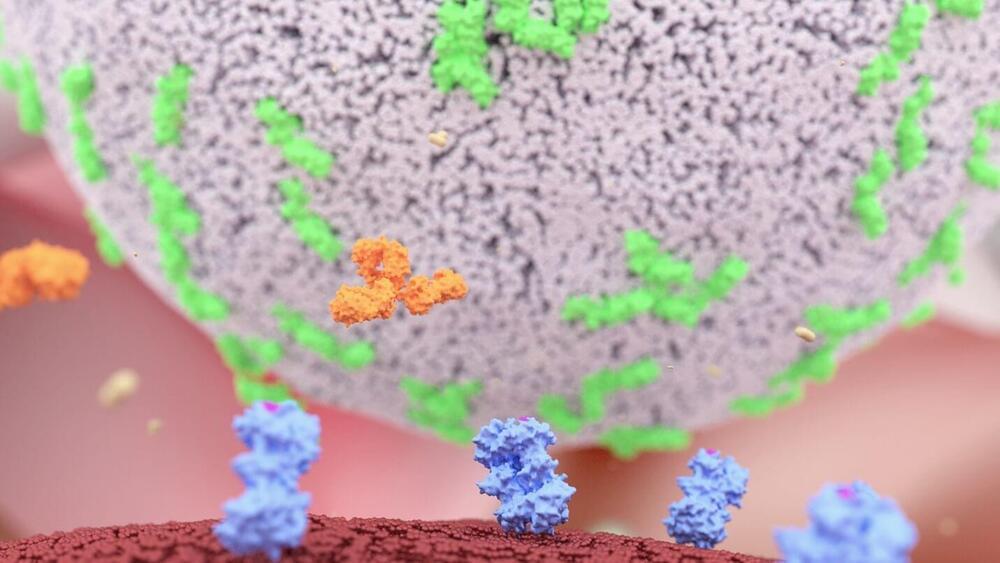
GTB-3550 is the company’s first TriKE® product candidate that was evaluated in Phase 1 clinical trials for the treatment of acute myeloid leukemia (AML), myelodysplastic syndrome (MDS), and other CD33+ hematopoietic malignancies. Phase 1 clinical trials were shown to be both safe and well-tolerated, as well as proving the molecule’s clinical concept and providing a framework for future product candidates.
GTB-3650 is a second-generation protein developed to treat AML and MDS. It has replaced GTB-3550 and utilizes camelid nanobody technology. GTB3650 has successfully completed pre-clinical trials and is in the good manufacturing process (GMP) stage, which is usually the last developmental milestone before progressing into phase 1 clinical trials.
Angel provides driver and customer support. Naomi teaches high school students. But they are not humans. They’re HumAIns, artificial intelligence (AI) agents.
Designed to handle unscripted communication tasks autonomously and proactively, Angel and Naomi use human-like thought processes to lead conversations instead of merely answering questions. And they get smarter with time and experience.
This generative AI wizardry comes from Jerusalem-based Inpris Innovative Products, founded in 2011 by human-machine interaction expert Nissan Yaron and his father, software architect Ben-Etzion Yaron.
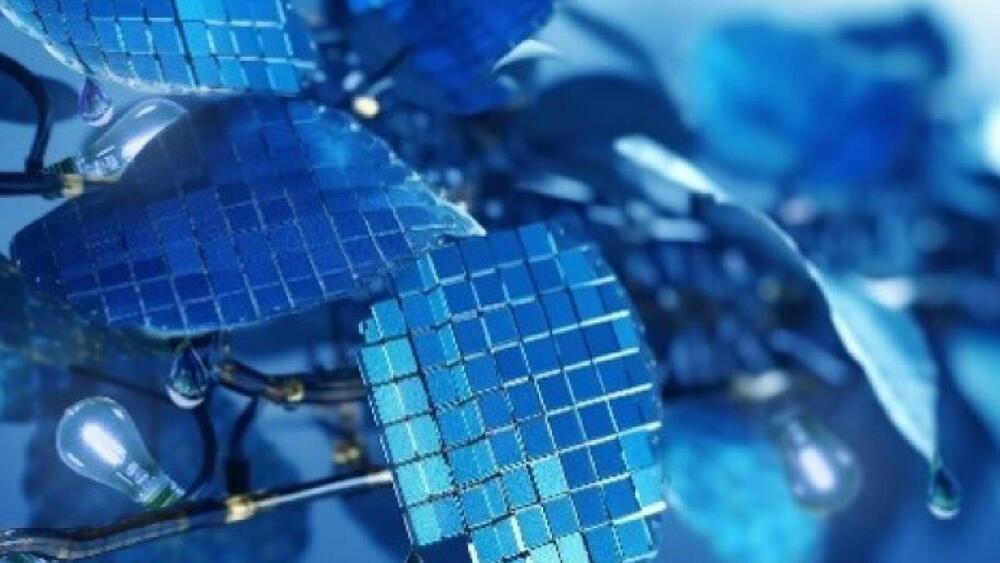
This is according to a press release by the institution published on Tuesday.
The PV-leaf
Called PV-leaf, the innovation “uses low-cost materials and could inspire the next generation of renewable energy technologies.”